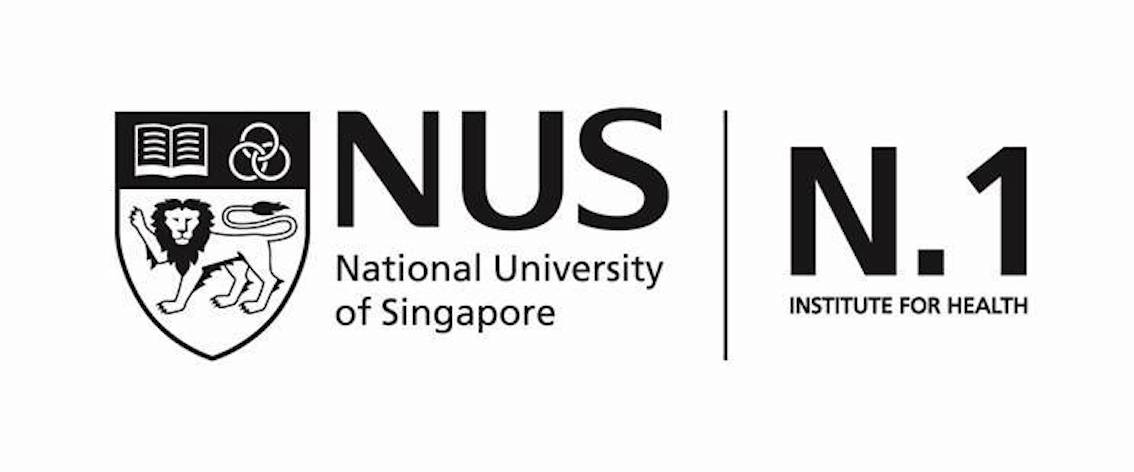N.1 DEVELOPMENT PROGRAM
At the heart of the N.1 vision is the fundamental foundation that drives our translational outcomes. Our internationally-recognized N.1 Investigators are pioneering major advances in the fields of robotics, neuroprostheses, neuromorphic engineering, cognitive sciences/engineering, as well as drug and biomarker discovery, among many others.
Neural coding
Work in the labs of Dr. Camilo Libedinsky and Dr. Shih-Cheng Yen has made major contributions to the fields of brain-machine interfacing, neuroprosthetics, and beyond.
Find out more:
Parthasarathy, A., Herikstad, R., Bong, J. H., Medina, F. S., Libedinsky, C.*, & Yen, S. C.* (2017). Mixed selectivity morphs population codes in prefrontal cortex. Nature Neuroscience, 1-10. (full text + suppl.)
Read the accompanying highlight in Nature Reviews Neuroscience.
Media coverage:
Y. Mokri, R. F. Salazar, B. Goodell, J. Baker, C. M. Gray, and S.-C. Yen, “Sorting Overlapping Spike Waveforms from Electrode and Tetrode Recordings,” Frontiers in neuroinformatics, vol. 11, p. 53, 2017 (full text)
C. Libedinsky, R. So, Z. Xu, T. K. Kyar, D. Ho, C. Lim, L. Chan, Y. Chua, L. Yao, J. H. Cheong, J. H. Lee, K. V. Vishal, Y. Guo, Z. N. Chen, L. K. Lim, P. Li, L. Liu, X. Zou, K. K. Ang, Y. Gao, W. H. Ng, B. S. Han, K. Chng, C. Guan, M. Je, and S.-C. Yen, “Independent Mobility Achieved through a Wireless Brain-Machine Interface,” PLoS ONE, vol. 11, no. 11, p. e0165773, Nov. 2016 (full text)
“Selective activation of individual neurons is a cornerstone of our modern understanding of how brain activity relates to cognitive processes, such as perception, attention, memory and decision making. However, understanding neuronal activity in the context of other brain cells (i.e. networks of neurons) is essential to achieve a deeper understanding of brain function.”
— Libedinsky Lab (Image: Parthasarathy et al. 2017)
Implantable wireless multi-channel EMG/ENG recording system (Dr. Shih-Cheng Yen Laboratory)
“Our research interests include neural coding, mechanisms underlying computation in the visual system, visual psychophysics, and biological models of the visual system.”
Nanotechnology
N.1 Investigators lead preeminent teams at the interface of nanoscience and applied nanotechnology.
Bin LIU, Provost’s Chair Professor and Head of Department in Chemical & Biomolecular Engineering is developing a broad spectrum of novel nanomaterial platforms for applications ranging from medicine to energy. In a recent study, theranostic probes were developed for image-guided tumor resection and a host of other indications.
Find out more:
Liu et al., Chemical Science, 2017 Apr 1; 8(4): 2782–2789.
“Prof. Bin Liu’s overall research goal is to design multifunctional materials with optimized architecture and performance for applications in bionanotechnology and sustainable energy.”
Provost’s Chair Professor Xiaogang Liu and his team are developing a powerful new class of upconversion nanomaterials that have demonstrated wide-spanning impact for applications ranging from diagnostics to optogenetics.
Find out more:
“My general interests encompass supramolecular chemistry, materials science, and nanotechnology, which are focused on developing fundamental methodologies for synthesis and characterization of optically active nanomaterials”
Analytical Platforms
N.1 Investigators John Ho and Benjamin Tee are developing an array of devicesfor applications ranging from wireless power for medical implants, electronic skin for sensing, and cellular interrogation chip platforms.
SOX2 (red) and F-actin (green) in a micropatterned human neuroectoderm tissue (Dr. Yi-Chin Toh Laboratory)
Medical Mechatronics
N.1 Investigator Hongliang Ren is harnessing novel approaches to develop robotic devices to improve outcomes for procedures ranging from image-guided intravascular intervention to laparoscopic surgery.
Image: Dr. Hongliang Ren Laboratory






